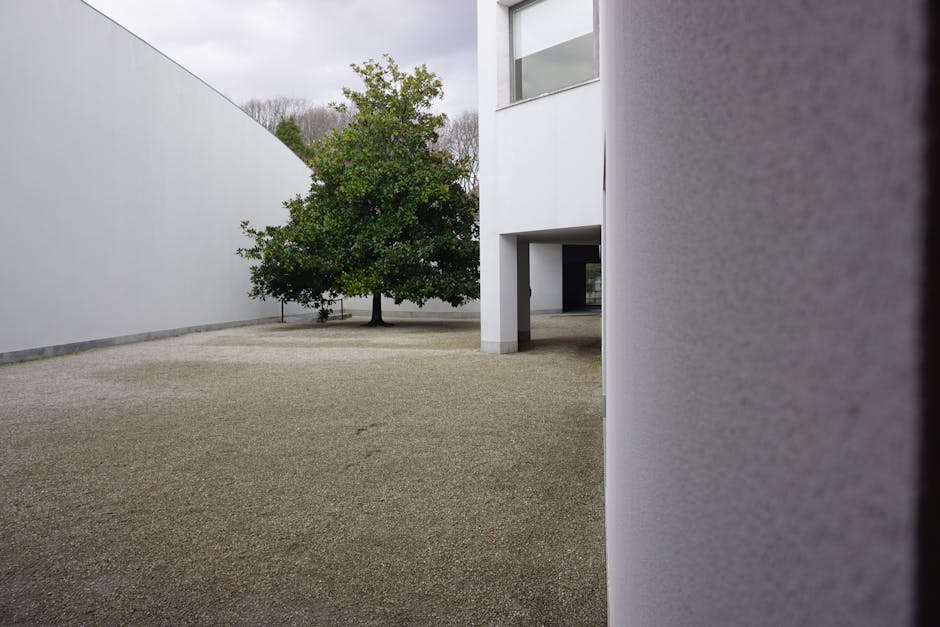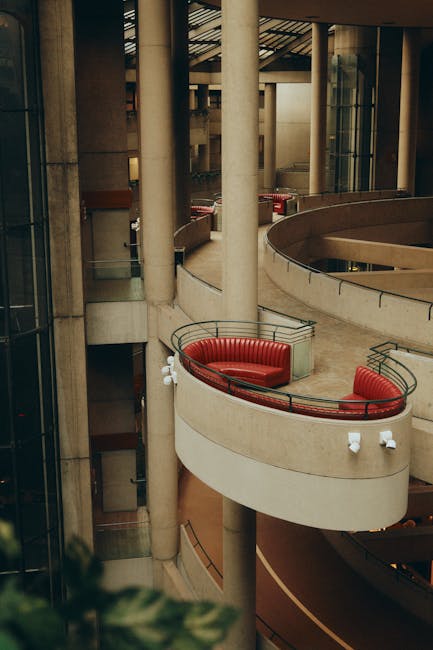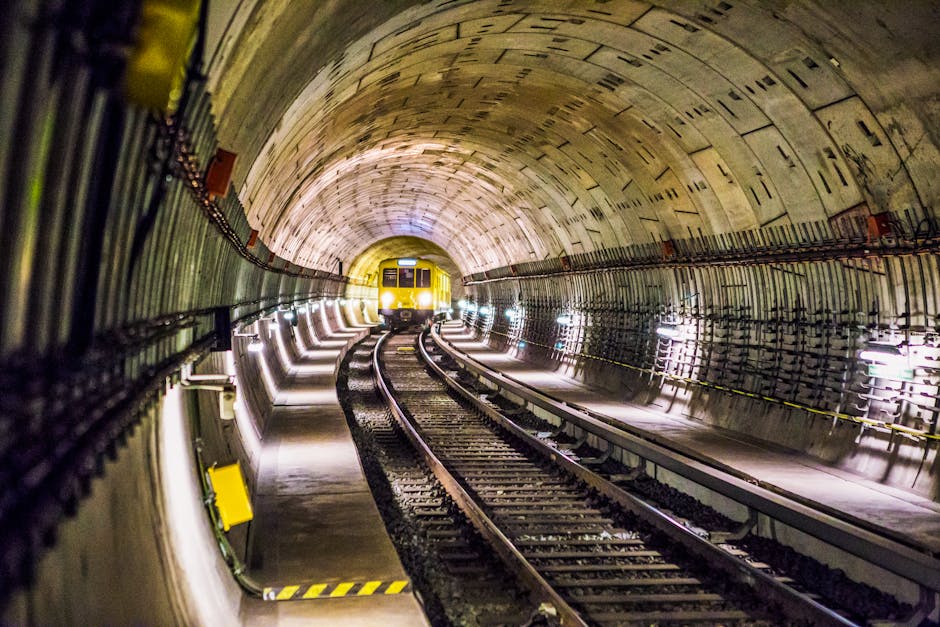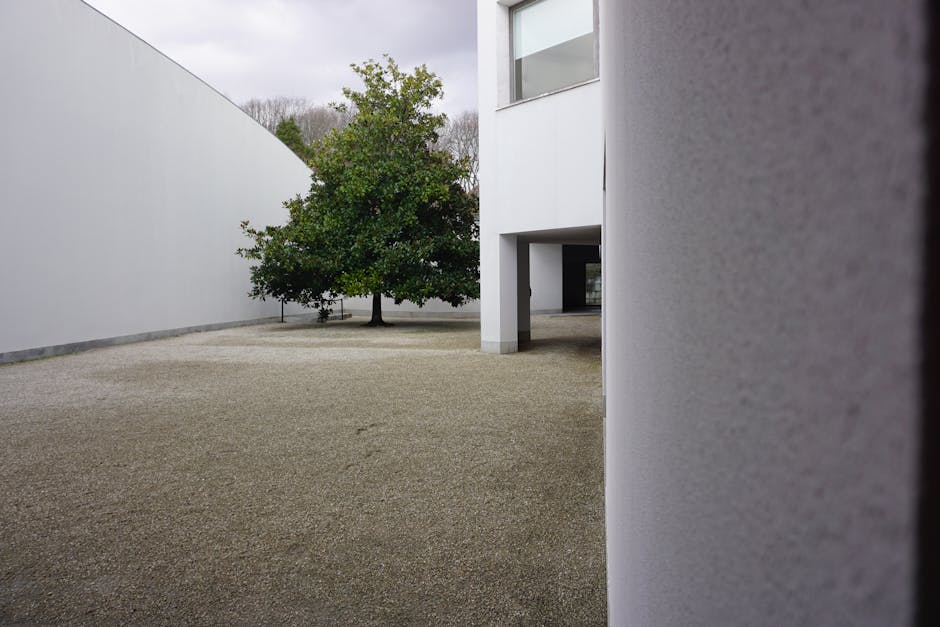Understanding Brutalism: Beyond the Concrete
Brutalism, a term often met with polarized reactions, represents a significant chapter in 20th-century architecture. Far from being simply “ugly” as some critics claim, Brutalism is a complex and fascinating style characterized by its raw, exposed materials, monumental scale, and often imposing presence. This article delves into the history, defining characteristics, notable examples, and the enduring legacy – both positive and negative – of this controversial architectural movement.

Origins and Influences of Brutalism
The term “Brutalism” originates from the French word béton brut, meaning “raw concrete.” This accurately reflects the movement’s emphasis on showcasing the inherent texture and qualities of its primary material. While the style’s roots can be traced back to Le Corbusier’s work in the 1920s and 1930s, particularly his Unité d’Habitation in Marseille, Brutalism emerged as a distinct movement in post-war Britain during the 1950s and 1960s.
The post-war era presented unique challenges and opportunities. There was a pressing need for mass housing to accommodate a rapidly growing population, alongside a desire for modern, functional buildings that reflected a new social order. Brutalism, with its focus on practicality, durability, and affordability, seemed to offer a solution. The style’s proponents believed in creating honest, unpretentious architecture, avoiding ornamentation and prioritizing functionality.
Key Characteristics of Brutalist Architecture
Several key features consistently define Brutalist structures:
- Raw Concrete: The dominant material, often left exposed to reveal its texture and formwork marks.
- Massive Scale and Monumentality: Buildings are often large and imposing, characterized by strong geometric forms and a sense of power.
- Repetitive Modular Elements: The use of repeated units and patterns creates a sense of rhythm and order.
- Minimalist Ornamentation: Brutalism rejects superfluous decoration, emphasizing the inherent beauty of the materials and structure.
- Emphasis on Functionality: Design prioritizes practicality and efficiency over aesthetic concerns, though this is often debatable.
- Textural Contrast: The combination of rough concrete with smooth surfaces or other materials creates visual interest.
- Geometric Precision: Clean lines, sharp angles, and precise forms are characteristic features.
Notable Brutalist Buildings Around the World
Brutalism left its mark on cities across the globe. Some iconic examples include:

- Barbican Estate, London: A massive housing complex that exemplifies Brutalism’s scale and urban integration.
- Geisel Library, University of California, San Diego: A dramatic example of Brutalist design known for its futuristic appearance.
- Rudolph Hall, Yale University: A highly influential building that showcases the style’s imposing presence.
- Habitat 67, Montreal: A unique residential complex that explores prefabricated concrete modules.
- Boston City Hall, Boston: A controversial example, showcasing the Brutalist style’s capacity to provoke strong opinions.
- Trellick Tower, London: A striking residential tower that embodies the dramatic features of Brutalism.
The Legacy and Criticism of Brutalism
Brutalism’s legacy is complex and multifaceted. While appreciated by some for its boldness, honesty, and social ambition, it also faced considerable criticism. Critics often pointed to:
- Austerity and Lack of Warmth: The raw concrete and imposing scale can be perceived as cold and uninviting.
- Problems with Maintenance: Concrete can be prone to cracking and deterioration, requiring significant maintenance.
- Social Issues: Some Brutalist housing projects have been associated with social problems and a lack of community.
- Visual Impact: The monumental scale and austere aesthetic can overwhelm the surrounding environment.
The Reappraisal of Brutalism
In recent years, there has been a growing reappraisal of Brutalism. While many buildings have been demolished, a new generation of architects and urban planners is recognizing the architectural merits of these structures. The movement’s emphasis on sustainability, durable materials, and social housing is now seen as increasingly relevant in the face of climate change and growing urban density.
The raw aesthetic, once viewed as a flaw, is now regarded by some as a testament to authenticity and honesty. The re-evaluation of Brutalism involves a more nuanced understanding of its social context and the values it represents. It moves beyond simplistic judgments of “good” or “bad” and explores the complex relationship between architecture, society, and the built environment.

Brutalism Today: A Modern Perspective
While new buildings rarely emulate the pure Brutalist style of the mid-20th century, elements of Brutalism continue to inspire contemporary architects. The emphasis on sustainable materials, strong geometric forms, and honest expression of structure continues to resonate. Many modern designs incorporate aspects of Brutalism’s raw aesthetic and monumental scale, albeit with a more refined and nuanced approach.
The enduring legacy of Brutalism lies not only in its physical manifestations but also in its challenge to conventional architectural norms. It prompts us to consider the social and environmental responsibilities of design, the importance of honest expression of materials, and the enduring power of architectural forms that provoke both admiration and controversy.

